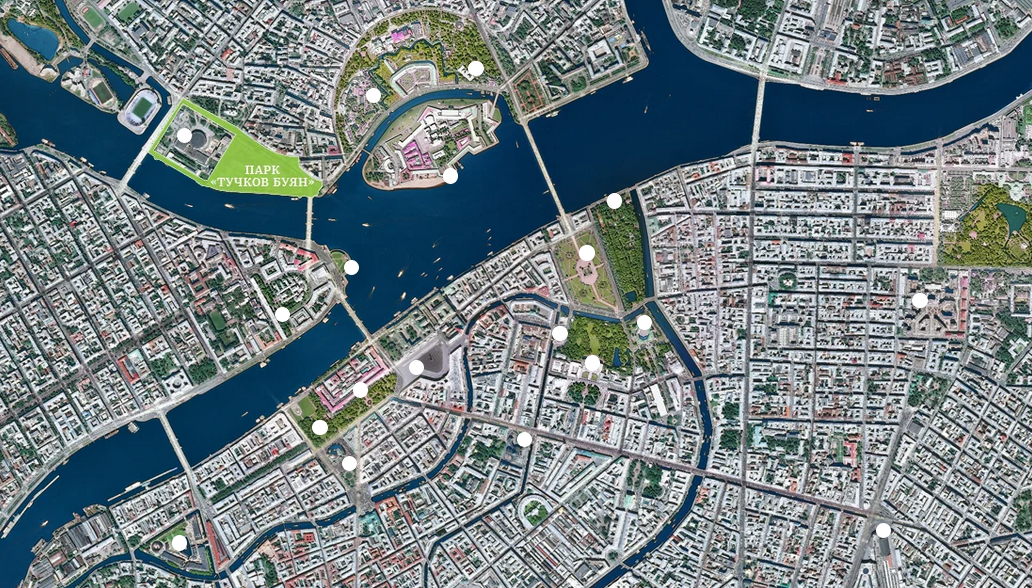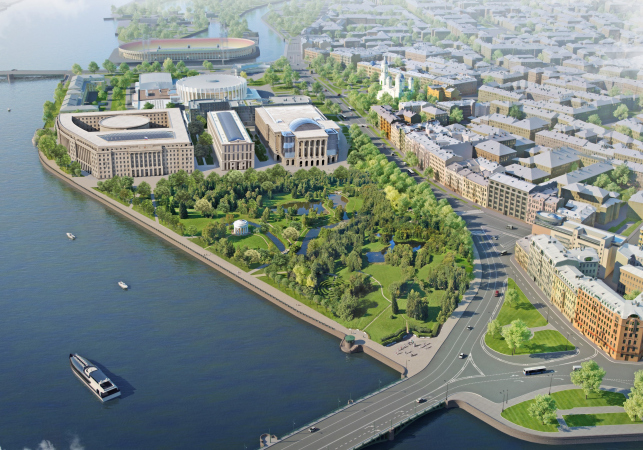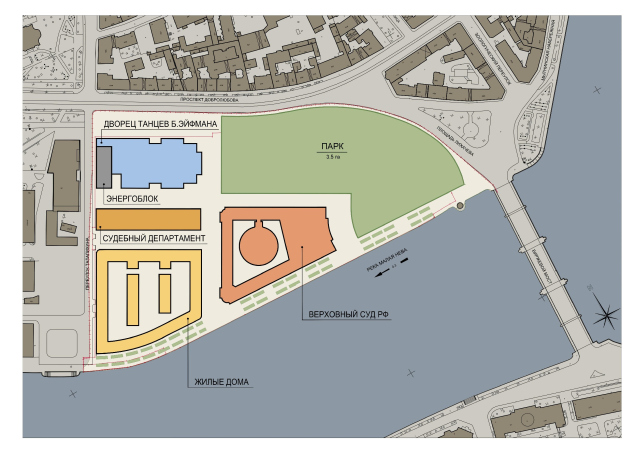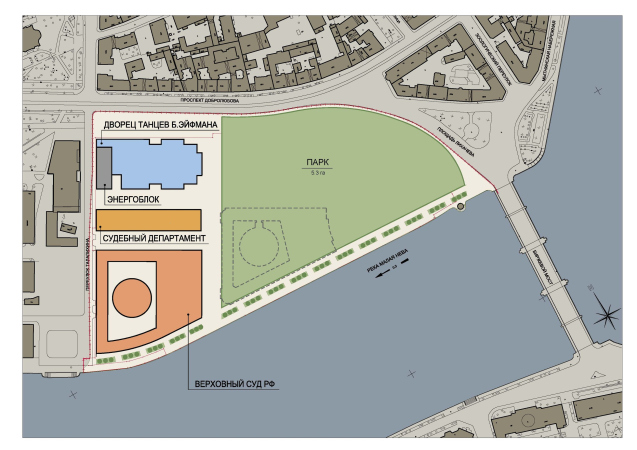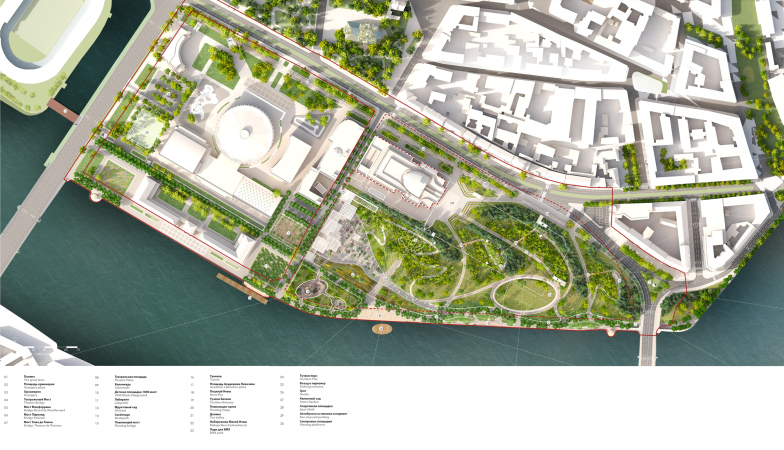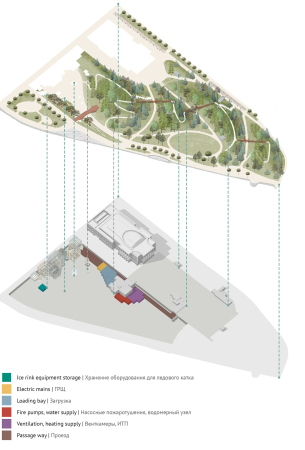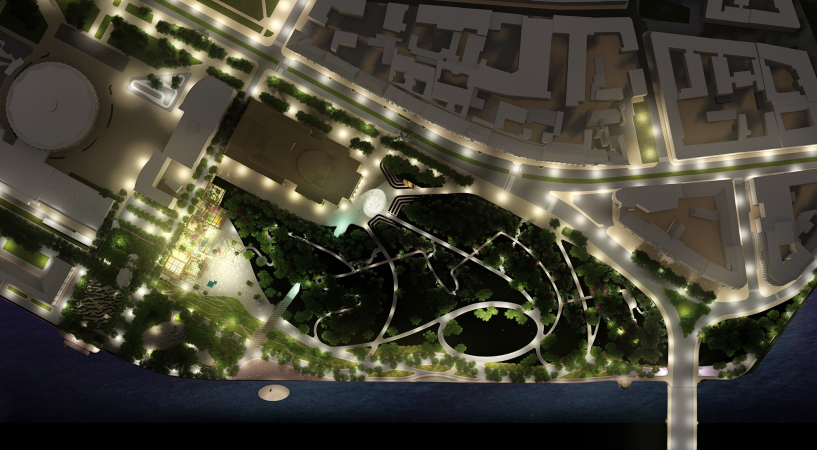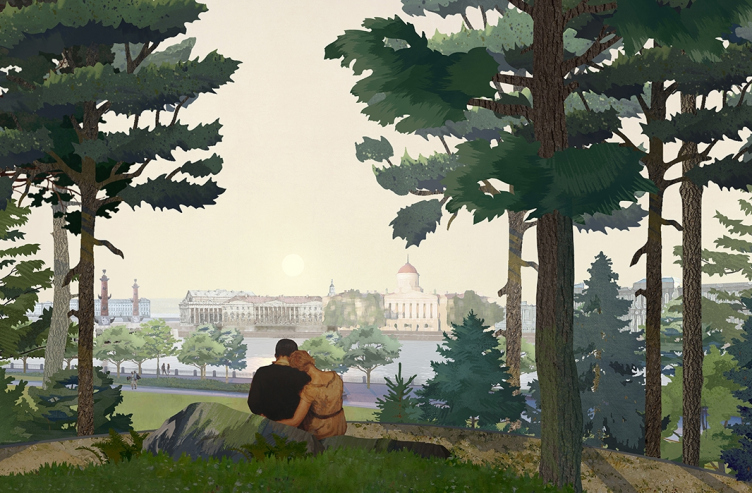We asked the architects to comment on the situation.
Copyright: Source: park-spb.ru
Evgeny Gerasimov:
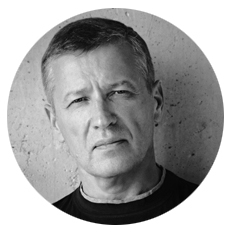
“This construction that has been going on on Dobrolyubova forever is something that everybody is seriously tired of, and I think that finishing it would be great news for St. Petersburg.
A year ago I proposed a compromise. Due to the fact that the design of the Court Quarter was 100% ready, including the interiors, it would make sense to continue the construction of the department and “relocate” the building of the Supreme Court to the spot of the former housing project, finding accommodation for the judges at another site – for example, the nearby Petrovsky Island, thus vacating the area for the park. This makes perfect sense from the town-planning standpoint: we make sure that the Boris Eifman theater does not look like a splinter, and the three neoclassical buildings stand up in a row forming the front of Speranskogo Street, without getting in the park’s way – by analogy with the Russian Museum or the Tavrichesky Palace.
The area of the entire site is 9.9 hectares, including the theater. Without the theater, it is 8.7 hectares, half of which is occupied by already-complete underground floors. My proposal was that we leave 6 hectares to the park, and 2.7 hectares to the Supreme Court and the Department. This will save a whole lot of people’s money and will spare us the necessity to look for a new land site. Instead of killing an already existing real park with high-rise trees – the Neva Garden (to which the former chief architect of St. Petersburg Vladimir Grigoriev proposed to transfer the court buildings) – and building a new park on building foundations that are already there, we could save billions of rubles, lots of land, and years of hard work.
Whether or not the buildings or the Court Quarter will be constructed in accordance with our proposal is a question that should not be addressed to me – but I hope that they will. We will redesign them quickly, all the more so because the construction blueprints of the residential quarter and the Supreme Court are virtually identical.”
Nikita Yavein, Studio 44:
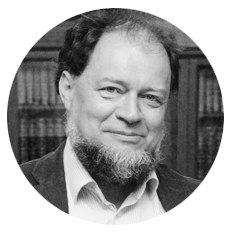
“For the whole year after the competition for the Tuchkov Buyan park was over, Evgeny Gerasimov went out of his way to prove to everyone that, save for this site, the court buildings will not fit anywhere else. No other land site but this one, no alternative. He did a lot of work, and, as we can see, he did succeed, which makes perfect sense: court buildings are a priority.
It’s too bad that the project that won in the competition will not be implemented. This would be a very architectural and spatial project – multilevel, with bridges, end-to-end views, and multiple scenarios of usage and perception.
And now the situation looks like this: the construction front along the Malaya Neva is formed by some sort of a “Turkish Empire Style”, looking like the most expensive hotel in Antalya – with full-fledged stone facades and sculptures. The difference is that in Turkey it is all done with a slightly ironic flavor, and here we are building such things like we really mean it! And in the main panorama of St. Petersburg this will stand on the right of Thomas de Thomon…
As far as I can see, the city people are shocked. They feel insulted, they feel deceived, and they collect signatures under petitions. This will hardly improve things in any way. But the aftertaste will remain in any event.”
Romantic park “Tuchkov Buyan”
Copyright: © Studio 44, West 8
***
The Tuchkov Buyan park is not at all the first project that did not come to fruition on Vatny Island. As early as in 1945, Nikolai Baranov proposed to make in this part of the Petrograd Side a large continuous green zone, but by 1960 the site was occupied by the buildings of the State Institute of Applied Chemistry.
The next phase was the competition named “Naberezhnaya Evropy” (“Waterfront of Europe”) for the residential construction held in 2009, which was won by the consortium of Evgeny Gerasimov and nps tchoban voss with an idea of city blocks designed by different European architects. This project already included the Boris Eifman Dance Palace, but there was a separate competition held for it.
After the Chemistry Institute was removed from the site, and the “project” stage was developed, the decision to make the Supreme Court complex ensued. The new 2013 competition was won by Maxim Atayants, Maxim Atayants but in the end, the Presidential Administration, which still manages the site, outsourced the design to Evgeny Gerasimov Studio.
They already started to build the Court Quarter but in 2019 the situation changed again: as is known, the future governor of St. Petersburg Alexander Beglov proposed to build a park, and the president of Russia Vladimir Putin supported this idea. The large-scale international competition was won by the concept proposed by Studio 44 and West 8, but already in May 2021 Nikita Yavein shared that the park project was frozen.
The detailed chronicle of decisions made on Vatny Island is published in the Sobaka Magazine. On Arch.ru, you can get acquainted with the concept of the park, recall the experts’ opinions on the possibility of creating something like St. Petersburg’s Zaryadye, and read an interview with Evgeny Gerasimov about how competitions and designers came and went.

